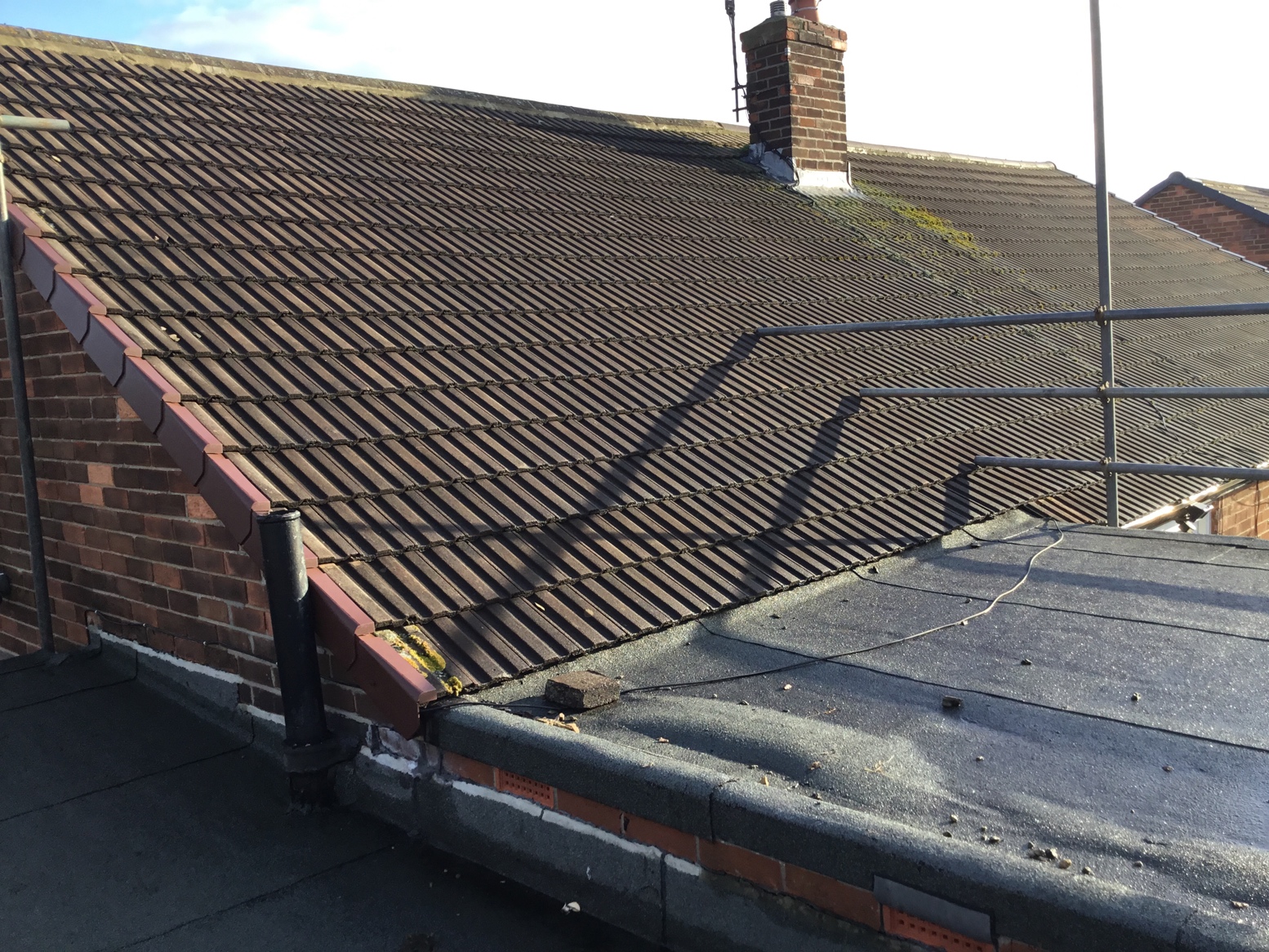
Laying tarmac is not for the weak of heart. It takes a lot of skill and, not to mention, plenty of specialised machinery to complete this task correctly. If you want the job done right the first time, it’s better to hire out to a contractor who has loads of experience. Here are some ideas to help you prepare to lay a new tarmac driveway.
Scout the Neighbourhood
Why is tarmac so popular in the UK? It’s relatively inexpensive when compared to other paving materials. However, it’s important to note that you can only purchase tarmac for cheap if you buy it in bulk. If you just want to pave your small driveway, you may find yourself paying a lot more out of pocket.
If you want to get the lowest price possible, talk to your neighbours. Maybe their driveway also needs repairs. The more driveways you can find for your contractor to lay, the lower price you can expect. Plus, as a bonus, this strategy is a great way to get to know others in your neighbourhood.
Know Your Layers
Before laying the tarmac, you must excavate the surface as there are many layers involved. To create a solid foundation for the tarmac to settle, you’ll want to excavate down to 16-18 cm. After removing this initial layer, you’ll need to add a sub-base—crushed hardcore will suffice. Use a roller to flatten out this base. Next, you’ll need to think about edging. Without proper edging, your new driveway will wear out quickly. Decorative stones and concrete blocks are some of the most popular edging materials.
Now you can finally add your first layer of tarmac. Contractors like Bristol Driveways Pro lay tarmac in layers, and the average household driveway requires at least two layers. However, this number may increase depending on the condition of your drive. The lower layer is the base, and the top surface is the wearing course.
Lay the Base and Wearing Course
The base layer gets constructed out of a larger grade aggregate, and you must spread it on the surface while it’s still hot. Once you apply the base layer, use a large rake to ensure equal distribution. You’ll then need a roller to compact this layer further.
The top surface, or the wearing course, is comprised of fine aggregate. You’ll lay the wearing course in the same manner as the base, but you’ll want to take more care to ensure the product is free from cracks and imperfections. Although this top layer will dry to the touch in about an hour, avoid hard braking and turning the wheel for at least a week. It will give the tarmac plenty of time to fully settle.
The Benefits of Hiring a Tarmac Professional
As you just read, it takes a lot of skill, patience, and tools to lay a tarmac driveway. Instead of tackling this project yourself, let an experienced tradesperson like Coventry Driveway Pro do it for you. Get at least three quotes, and ask for recommendations from your friends and family. Choosing the best contractor for the job will ensure your new tarmac driveway looks beautiful and functions for many years to come.




 POSTED BY
POSTED BY 

